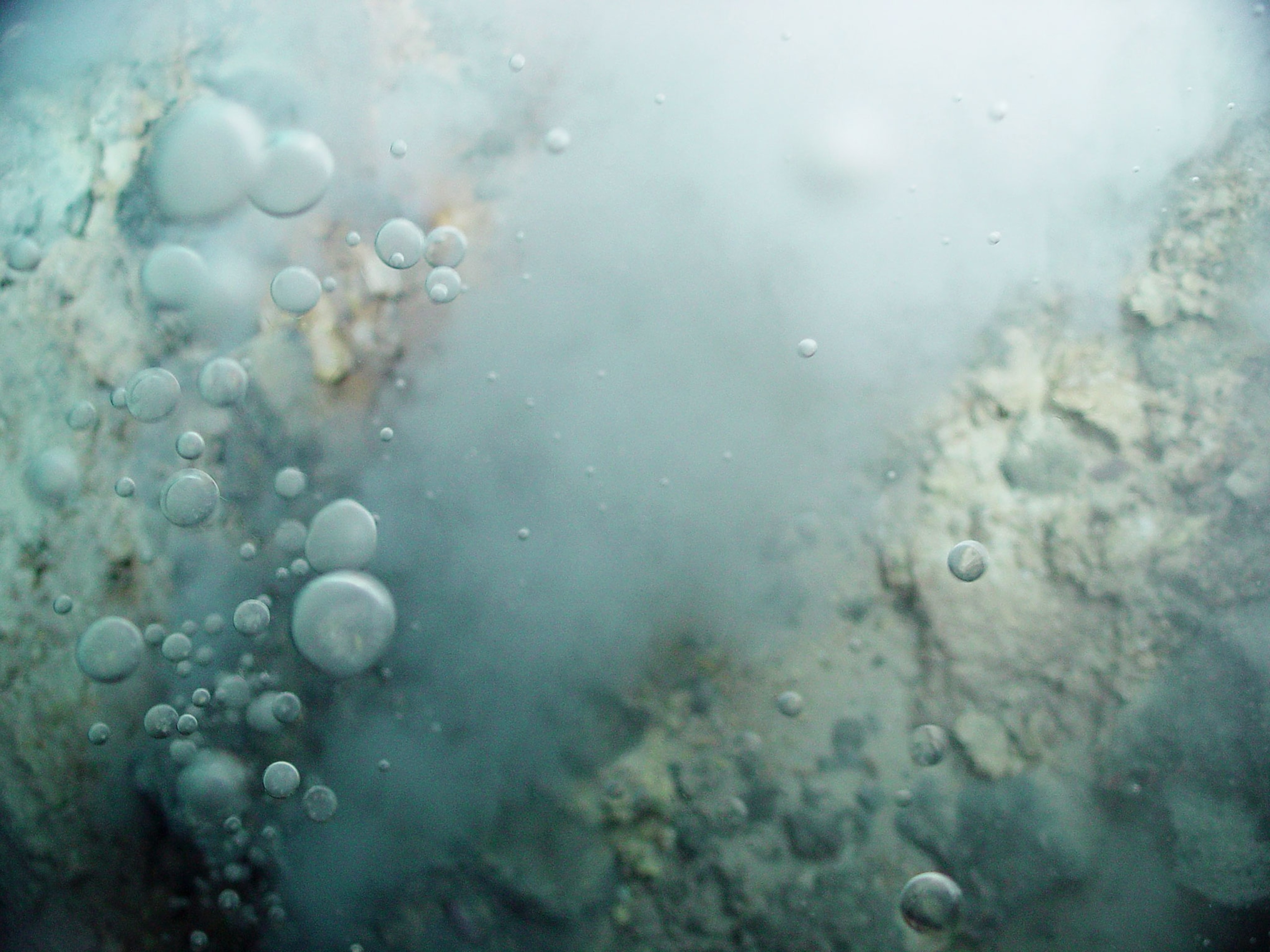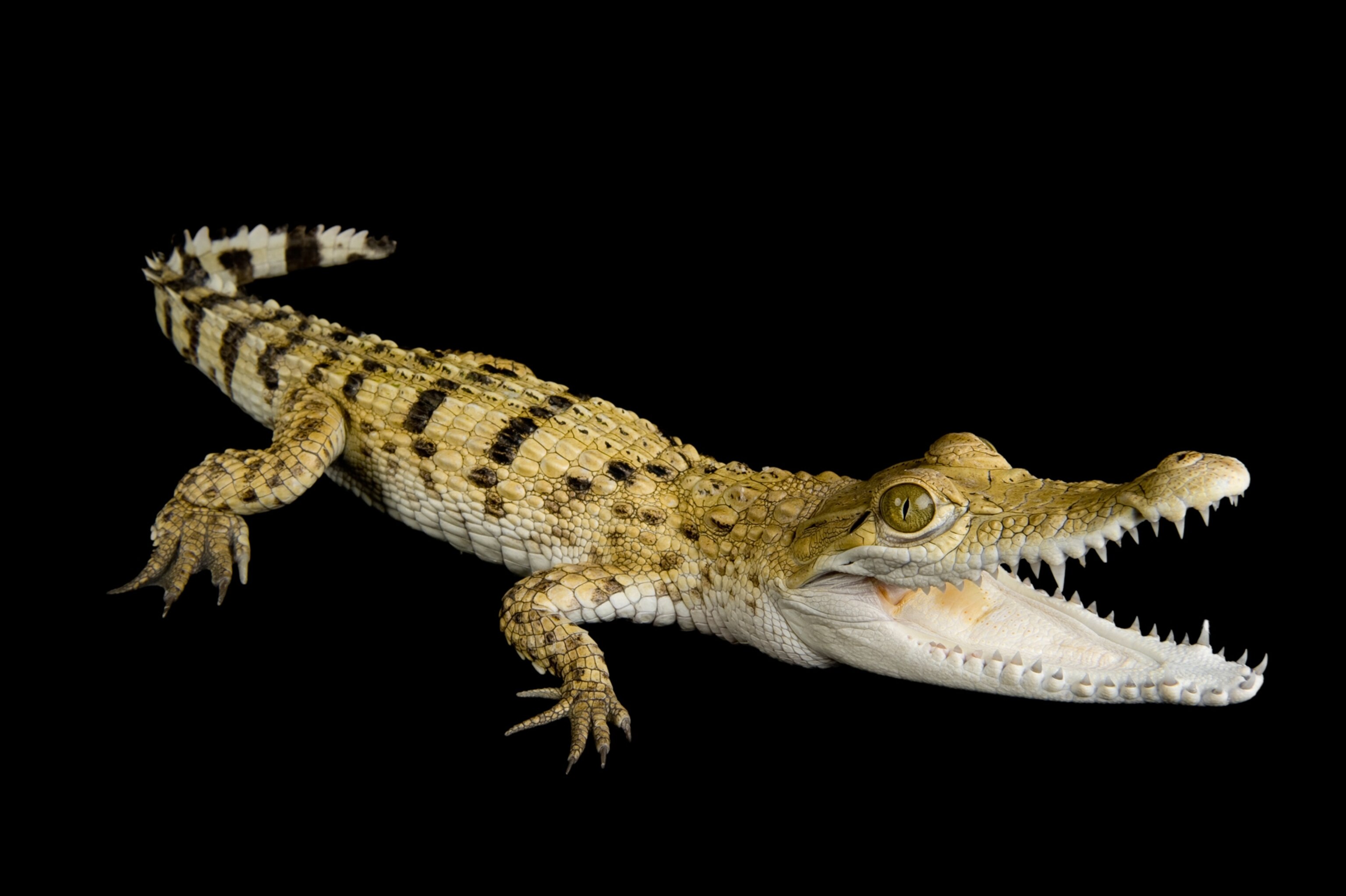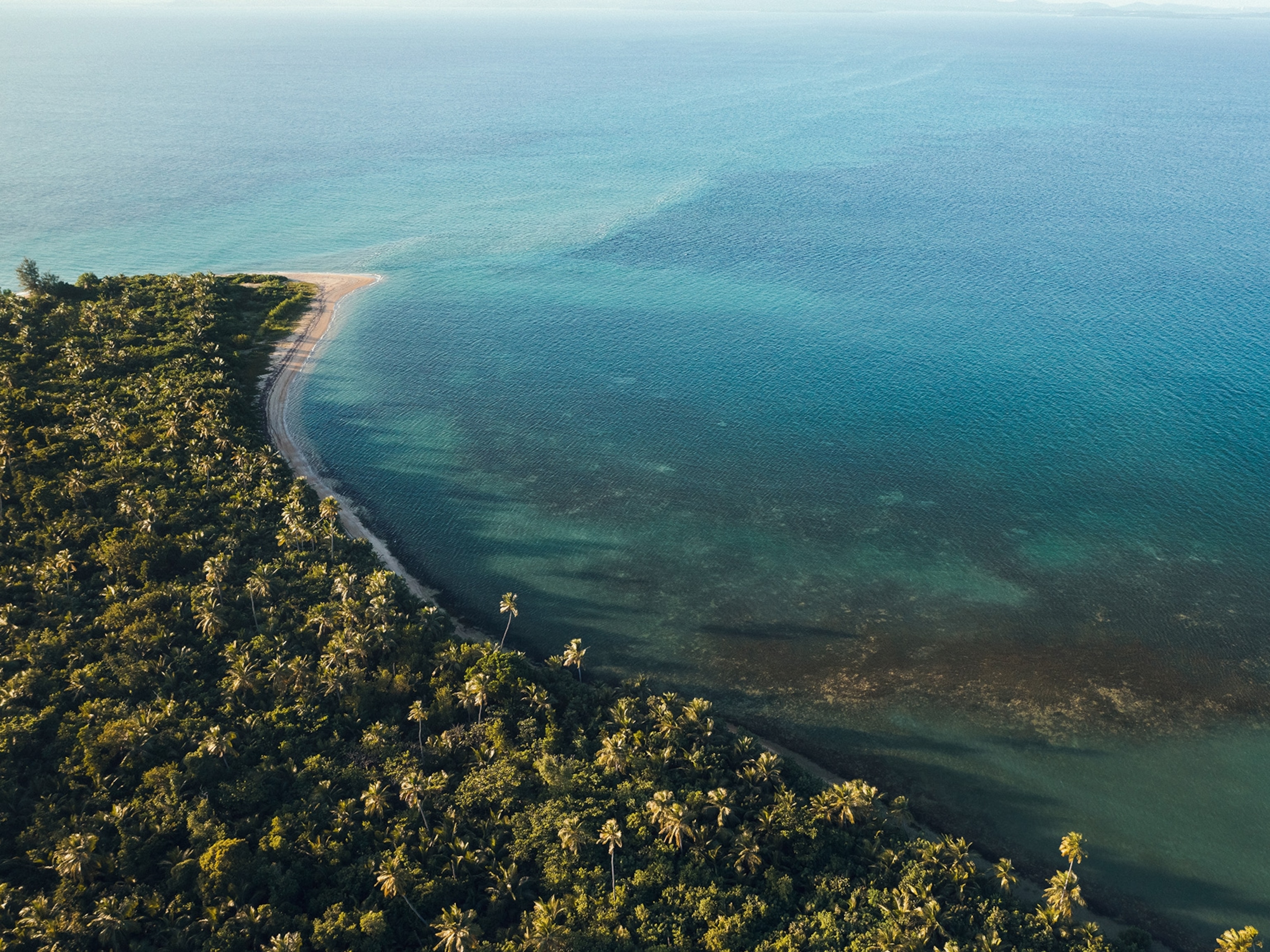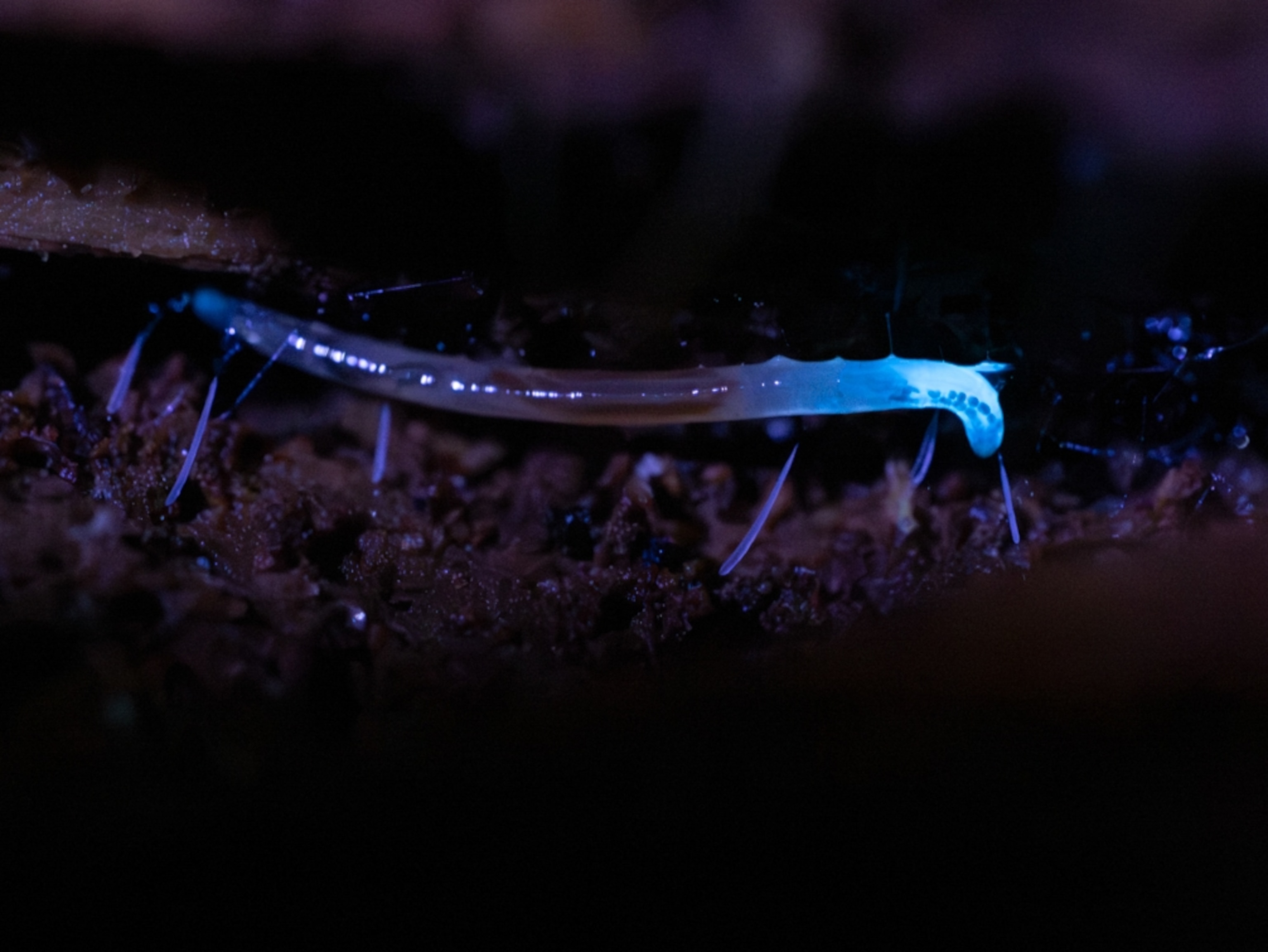Filmed with innovative low-light technology, new footage gives a better picture of the rarely seen creature.
Roughly 50 years ago, the French explorer Jacques Cousteau was sniffing around in the deep ocean with the submarine DEEPSTAR 4000. Built in 1965, the vessel helped to identify life lurking thousands of feet below the ocean’s surface before it was retired in 1972. Among those species was a giant, tentacle-less jellyfish, which eventually came to be known as Deepstaria enigmatica.
As the name suggests, D. enigmatica is a mysterious specimen that hasn’t extensively been studied. The jelly resembles a large trash bag, with a thin, broad, delicate bell covered in a net of interconnected canals, and it lives about 3,000 feet deep in the waters of the Gulf of Mexico and the Indian and Southern oceans. (Related: “Secret Lives of Jellyfish: Robots, Genetics, and World Domination”)
The jelly’s large size and remote habitat make it elusive, but some incomplete specimens, photographs, and observations from submersible windows have given researchers a picture of the species. And now, thanks to new technology and a recently published paper, scientists are getting a better look at D. enigmatica.
Using an ultra-sensitive low-light camera encased in a thick glass sphere, David Gruber, a marine biologist and National Geographic Emerging Explorer, and his colleagues captured the jellyfish on camera. Their findings, including details about the innovative technology and what may be the first evidence of a D. enigmatica corpse, were published in the journal American Museum Novitates on May 11.
“Using the new technology that we have available, we could approach these animals almost in complete darkness,” says Gruber, who is also a Radcliffe Fellow at Harvard University. “In order to capture bioluminescence, you need a really sensitive camera.”
Related: The Crazy Live of Hydrothermal Vents
In the Dark
In November, Gruber, engineer Brennan Phillips from the University of Rhode Island, and their colleagues boarded an exploration vessel off Mexico’s San Benedicto Island and headed for the open ocean. With them, they brought a supersensitive Canon ME20F-SH camera encased in a 13-inch polished glass sphere, which would protect the recording equipment from the crushing pressure of the deep sea.
The researchers mounted the Canon contraption to the remotely operated vehicle (ROV) Hercules, lowered the mechanism 3,195 below the surface of the water, and controlled it from their vantage point on the boat. (Related: “Top 10 Compact Cameras for Travelers”)
Considering the ocean covers more than 70 percent of the Earth and contains more than 99 percent of the world’s biosphere, the researchers didn’t seek out the hard-to-find D. enigmatica. Rather, the jelly came to them.
“This animal just drifted by the ROV Hercules. We didn’t collect this,” Gruber says. “It’s barely ever been seen because it’s so fragile and it just floats in the midwater.”
After first encountering the specimen, the researchers followed it with the low-light camera for nearly 10 minutes. With the contraption’s dimmable LEDs set to the lowest setting, they observed the jelly closing, which could be a technique to propel the tentacle-less animal upward, or to help it capture prey. The jelly bumped into the glass at one point, which allowed the researchers to get a close-up of the gastrovascular, or digestive, canals that cover its body.
“The only light that this jellyfish gets is lights from other bioluminescent animals,” Gruber says.
Related: 10 of the Rarest Animals on Earth
In addition to the live specimen, the researchers also filmed what’s likely the first instance of a D. enigmatica “jelly fall,” or dead jellyfish, in the ocean’s benthic area, which is about 2,950 feet below the surface. Gruber describes the jelly fall as a “monster packet of food” that creates a “hot spot of deep sea life.” Many small swimmers depend on these decomposing organisms for nutrients in the food-starved deep ocean. With this particular jelly fall, lithodid crabs and caridean shrimp flocked to the area to feast on the carcass.
Not Too Close for Comfort
One of the main considerations of the team’s research is to be noninvasive and delicate with wildlife, so as not to disrupt it in its natural state. By filming D. enigmatica with this low-light technology, the researchers cut down on interference and were able to observe the animals in as natural a state as possible.
“We’re missing a lot when we go down there [with other cameras], because we’re really noisy and really bright,” Gruber says. With the Canon, the researchers could explore using only a fraction of the light necessary to operate other submersibles.
“It’s almost like we’re diving with a little penlight on,” he says. Not only does this expedition provide clues about D. enigmatica, but the researchers will also be able to use this camera technology in the future to document other elusive species.




















